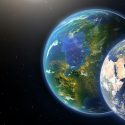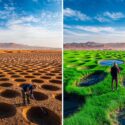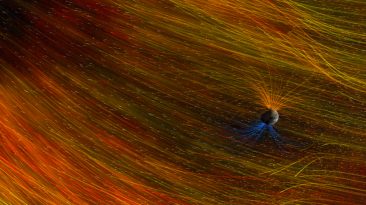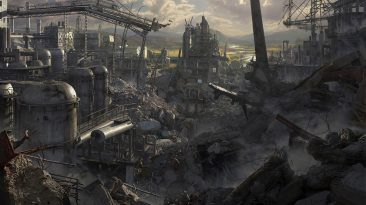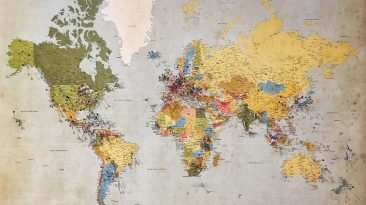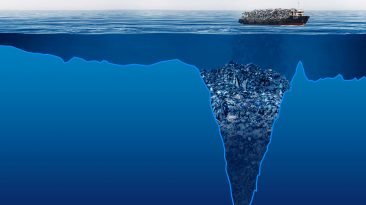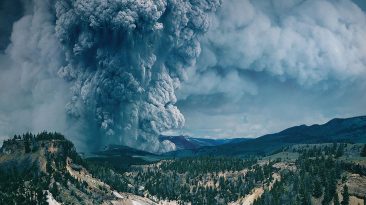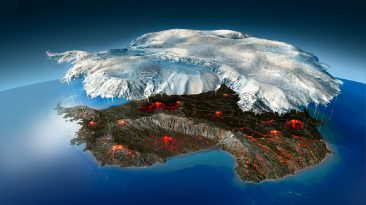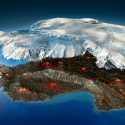Forget the idea of a flat Earth and imagine instead an Earth shaped like a giant slice of pizza. At first glance, it might seem amusing and even delicious to picture, but in reality it would be a scorching, violent, and literally breathtaking place to live.
While such a planet is scientifically impossible according to our current understanding of physics, exploring the idea shows just how dramatically a change in shape would alter everything from gravity to climate. The unique layout of land and water would create environments unlike anything we see on our current planet. Every aspect of life, from weather patterns to human survival, would be fundamentally reshaped by this new world.
Why Pizza Planets Do Not Exist
In the observable universe, scientists estimate there could be between 10 sextillion and one septillion exoplanets. Yet, out of this staggering number, not a single one is shaped like a pizza. The reason for this is simple: gravity pulls matter evenly in all directions during planetary formation, creating a sphere.
The strangest real exoplanet discovered so far is WASP 12b, which is shaped like an egg due to the overwhelming pull of a nearby star stretching it into that form. A flat or pizza-shaped planet simply does not appear in nature as far as we can see. Even if we did find one, it would challenge our understanding of planetary physics and demand entirely new theories to explain its existence. The odds of such a shape forming naturally are close to zero.
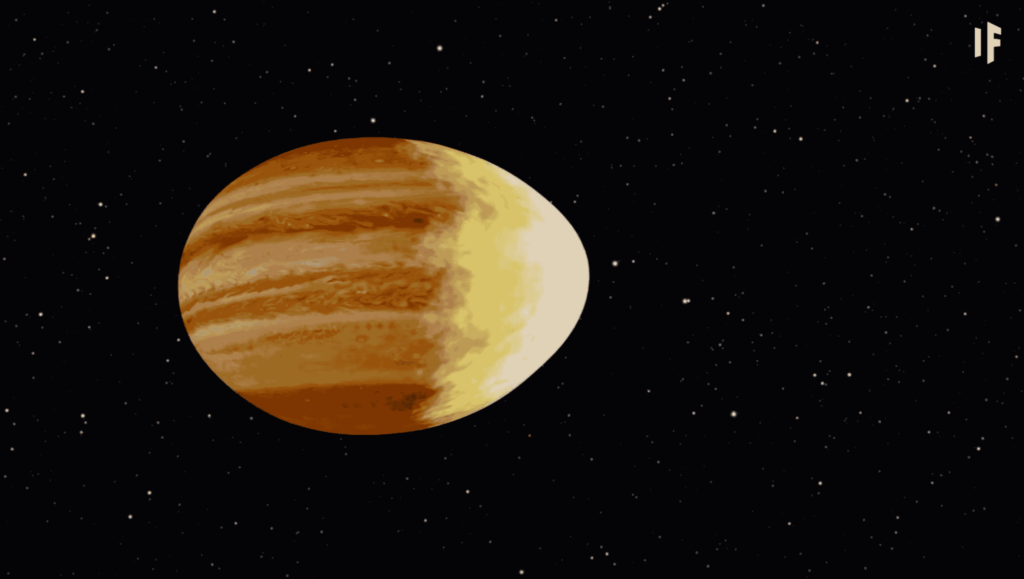
If such a cosmic oddity did exist, it would likely have a crust of towering mountains encircling its edges, with continents scattered across its surface like toppings on a pie. The central region would hold most of the planet’s oceans, creating a wet and possibly fertile zone. The far edges, in contrast, would be cold, dry, and constantly battered by dust storms driven by powerful winds.
These extreme differences in environment could lead to a sharp divide between habitable and uninhabitable regions. Entire civilizations might be forced to cluster near the center, leaving the edges as desolate, hostile wastelands. Over time, myths and legends could even emerge about the dangers of venturing too close to the planet’s crust.
The Gravity Problem
On a pizza-shaped Earth, gravity would work in strange and disorienting ways. At the exact center, it would feel much like the gravity we know now. However, as you moved toward the crust, gravity would start pulling you at an angle, almost sideways, and become noticeably weaker. At the edges, you could leap much higher and climb mountains with surprising ease, but the thinner atmosphere there would make breathing far more difficult. The lack of oxygen could require humans to wear breathing equipment just to survive in these outer zones.
The oceans would be pulled toward the central area, making it the most stable and habitable region on the planet. This central zone would have relatively mild weather, thanks to the oceans regulating the temperature. Life at the edges, however, would be harsh, with freezing conditions, swirling dust storms, and very little water. Survival here would require extreme adaptation and advanced technology. The difference between the center and the edges would be so vast that the two regions might as well be separate worlds.

Living on the Edge
Building a settlement near the crust of this pizza Earth would present enormous challenges. Structures would need to be heavily reinforced and tilted to counteract the sideways pull of gravity. Many homes might need to be built partially underground or inside protective domes to shield residents from dangerous storms and low oxygen levels. Without such measures, life here would be short and grueling. The combination of constant high winds and thin air would make outdoor activities extremely difficult.
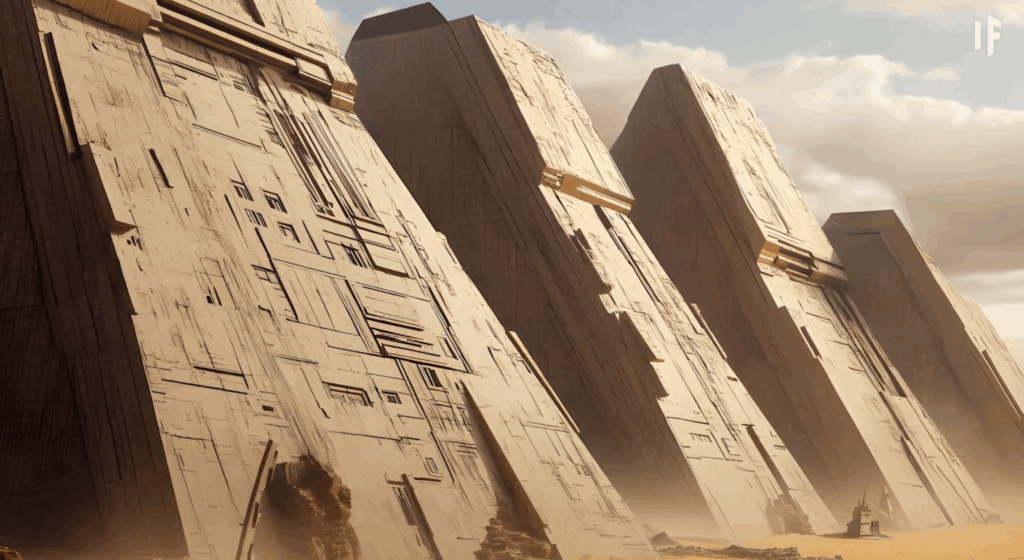
Over time, many people might abandon the outer edges entirely, leaving them deserted except for a few resilient explorers or those seeking valuable resources found only in these regions. The outer edge could become a kind of frontier, home to adventurers, scientists, and miners willing to risk their lives for discovery or profit. Entire economies could develop around the trade of rare minerals or unique materials found only at the crust of the planet.
Slice Shaped Earth
If the planet were shaped like a single slice of pizza rather than a whole pie, the difficulties would be even greater. To maintain a protective magnetic field, which is vital for keeping an atmosphere in place and shielding the surface from deadly solar radiation, the slice would need to be at least 6,000 kilometers thick. If it were thinner, it would collapse under its own weight, lose its air, and quickly become lifeless. The lack of a magnetic field would leave the surface exposed to constant solar bombardment, making life nearly impossible.
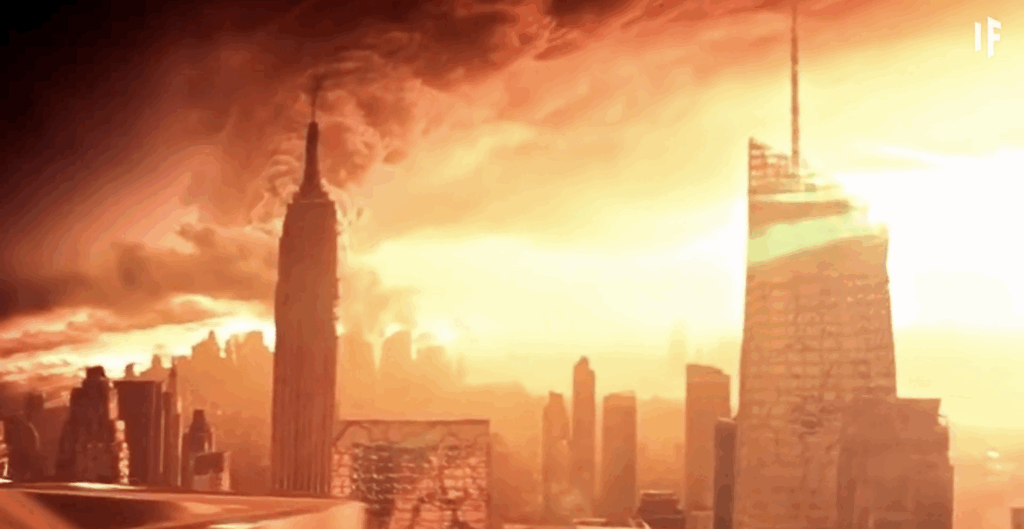
Even if the slice were thick enough to survive, living on it would still be challenging. The Sun’s light could create extreme hot spots during the day, with cooler but still severe conditions at night. The habitable zone would shrink to a narrow band where temperature, air pressure, and gravity were tolerable. Humans might be forced to live in tightly clustered areas, surrounded by vast stretches of uninhabitable terrain. Farming, travel, and trade would all become far more complex in such a restricted environment.
Climate Chaos
Whether the planet was a full pizza or just a slice, its climate would be extreme and unpredictable. With oceans concentrated in the center, winds would be drawn inward, constantly fueling powerful storms. The edges would likely be cold, barren deserts, while areas closer to the center could be prone to flooding due to the concentration of water. Storm systems might circle endlessly around the central ocean, creating near-constant rainfall in some areas.

The habitable land would mostly be near the edges of the central ocean, forcing humans to adapt to smaller, more crowded territories. In response, people might develop underwater cities, floating platforms, or even airborne settlements to avoid the worst weather conditions. The constant threat of storms and shifting climates would make survival an ongoing challenge, requiring innovation and resilience.
The Realistic Version
In a more physically plausible version of this scenario, the pizza Earth could still orbit the Sun and rotate on its axis, maintaining a day and night cycle as well as seasonal changes. The Moon would continue to influence tides, although with all the water pulled toward the center, tidal patterns might be drastically different from what we know now. Entire coastlines could form and disappear over time as water shifted.
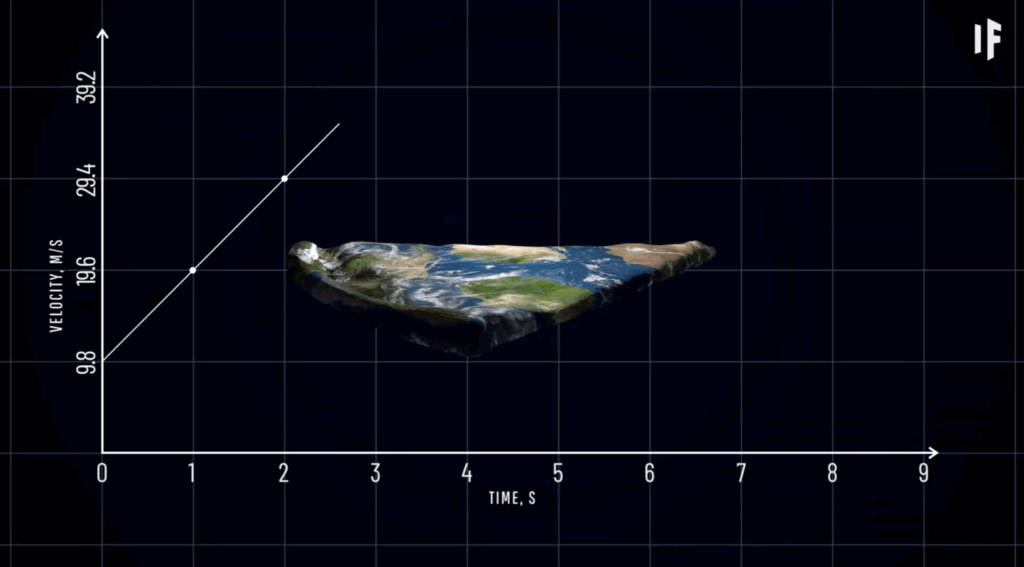
Even in this realistic version, the center would remain the most stable and livable zone. The edges, with weaker gravity, thin air, and extreme weather, would be far less hospitable. Any settlements there would require advanced technology to maintain livable conditions. The contrast between the thriving central regions and the harsh, sparsely populated edges could create deep social and cultural divides, shaping the planet’s history and politics in ways we can only imagine.



